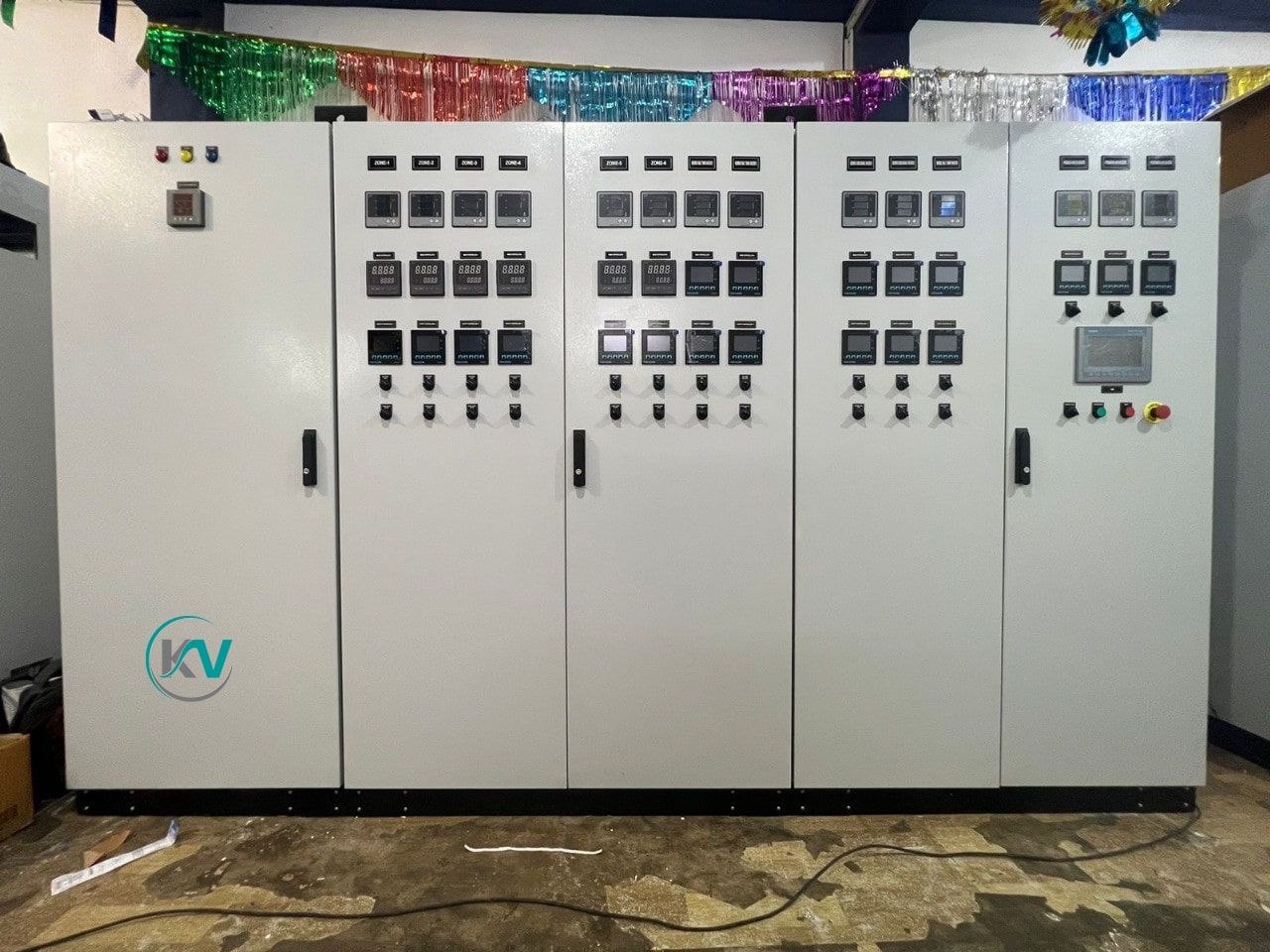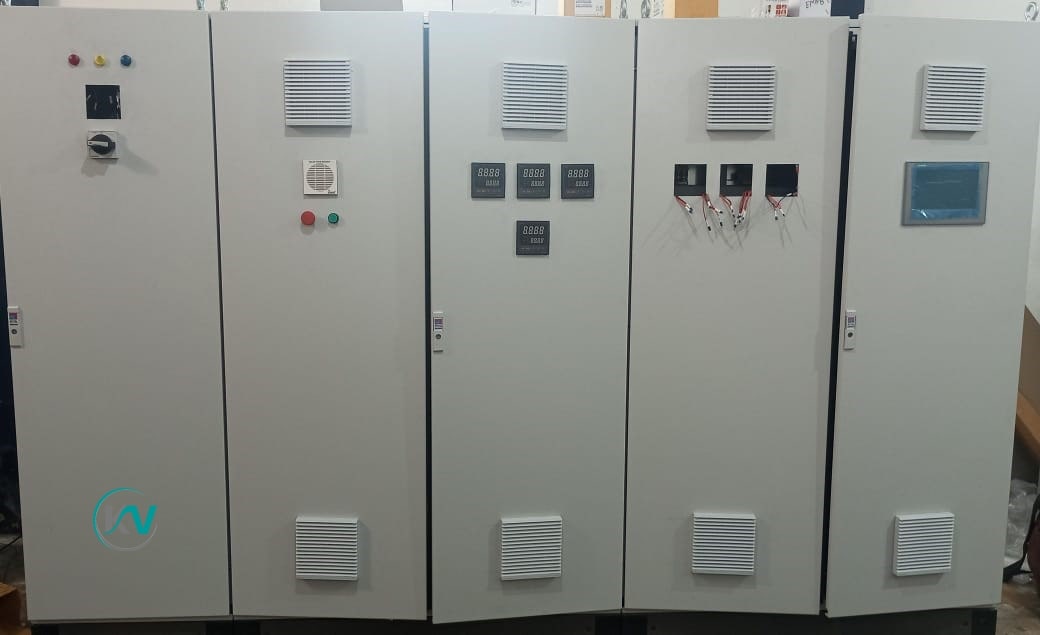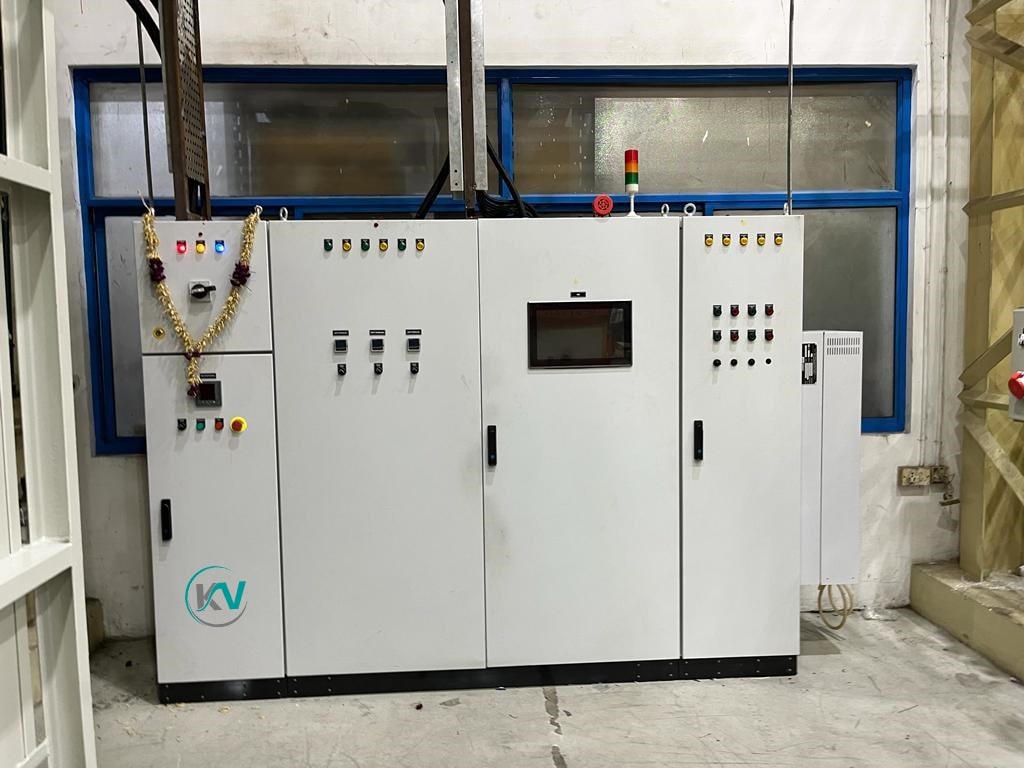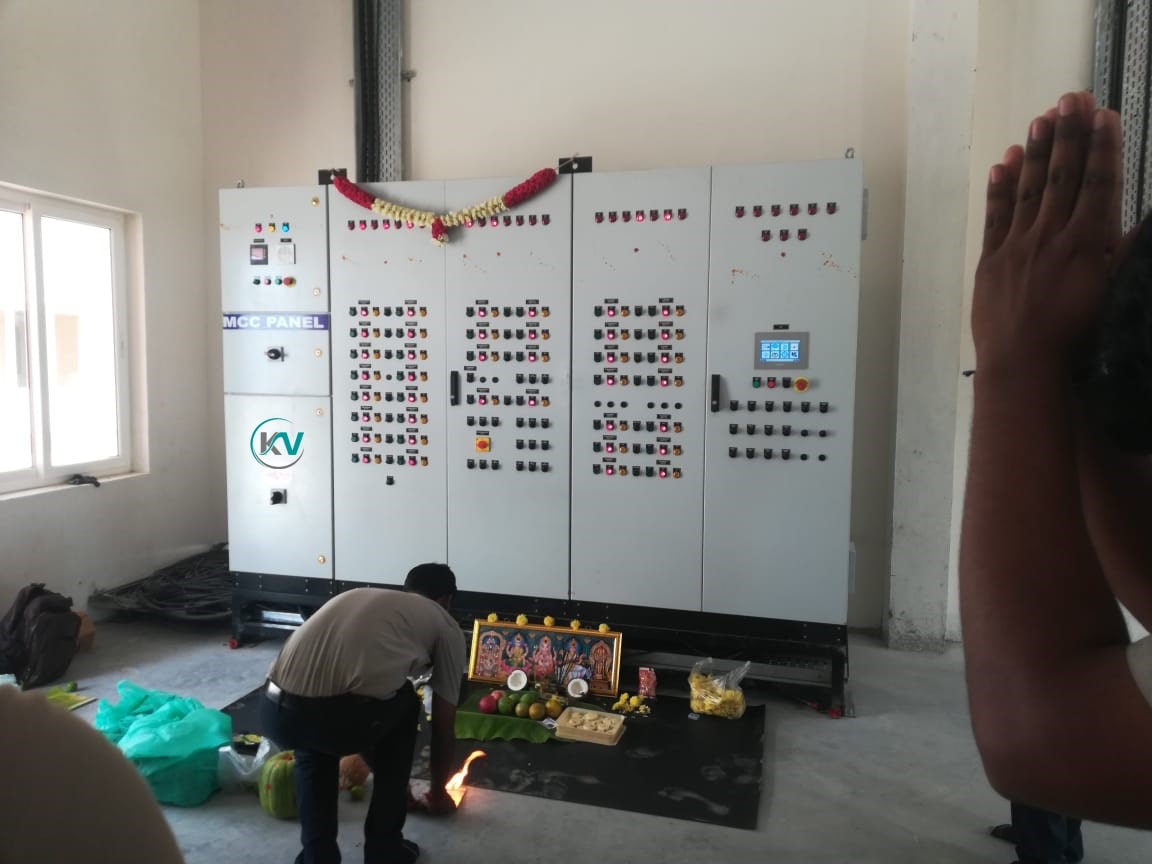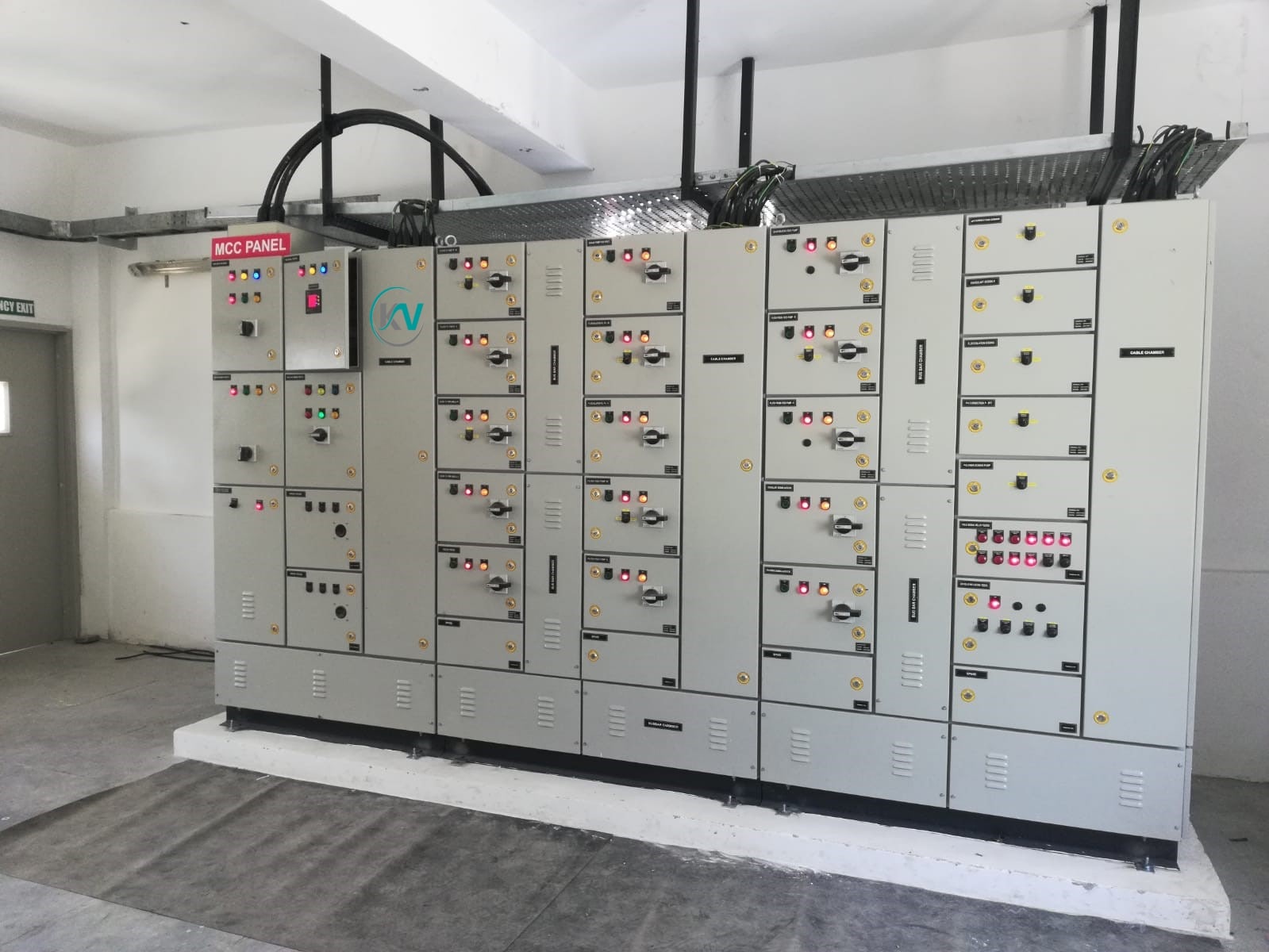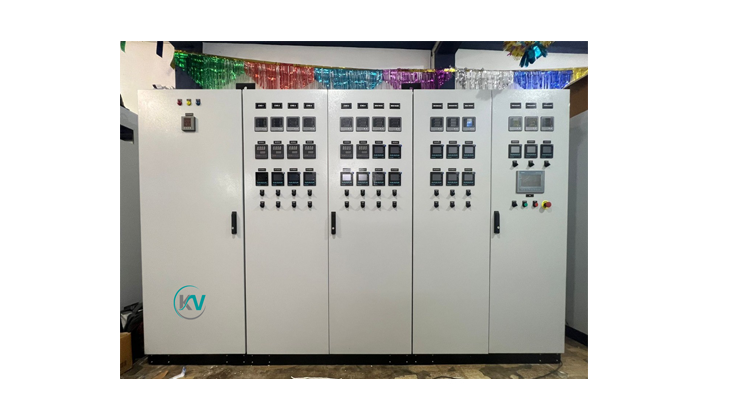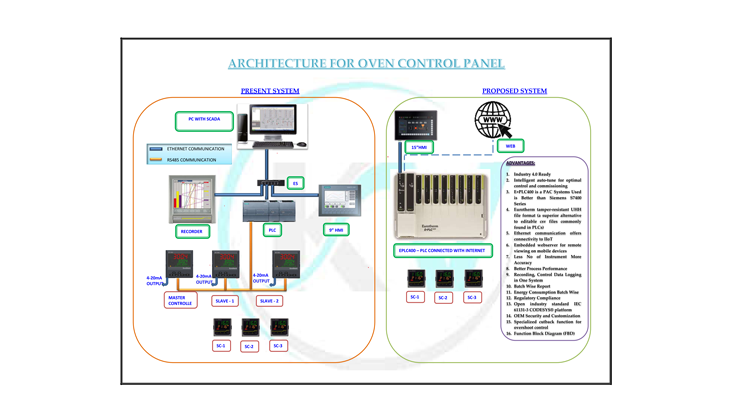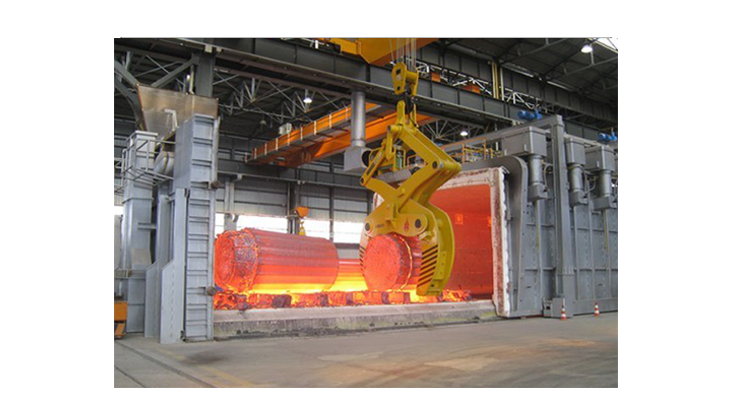We are delighted to introduce KV SMART SYSTEMS, a company founded and led by technically qualified women entrepreneurs with over 8 years of experience in the fields of Industrial Automation, Instrumentation, and Design.
Read More
WATER TREATMENT
1. Sensors and Instrumentation:
pH Sensors: Measure the acidity or alkalinity of water.
Turbidity Sensors: Monitor the clarity of water by measuring the presence of suspended particles.
Conductivity Sensors: Detect the ionic content of water, indicating its purity.
Flow Meters: Measure the volume and rate of water flow through the system.
Level Sensors: Monitor the levels of water in tanks and reservoirs.
- Control the flow of water, chemicals, and other substances within the treatment system.
- Ensure precise dosing of chemicals for disinfection, coagulation, and pH adjustment.
2. Automated Valves and Actuators.
- Centrifugal Pumps: Move large volumes of water through the treatment process.
- Diaphragm Pumps: Provide accurate dosing of chemicals.
- Peristaltic Pumps: Used for precise chemical injection and sampling.
3. Pumps.
- Centralize control of sensors, pumps, valves, and other equipment.
- Execute predefined sequences and adjust parameters based on real-time data.
4. Programmable Logic Controllers (PLCs).
- Provide a user-friendly interface for monitoring and controlling the treatment process.
- Display real-time data and system status, allowing operators to make adjustments as needed.
5. Human-Machine Interfaces (HMIs)
- Monitor and control the entire water treatment process remotely.
- Collect and analyze data for performance optimization and regulatory compliance.
6. Supervisory Control and Data Acquisition (SCADA) Systems
Applications of Automation in Water Treatment.
- Coagulation and Flocculation: Automated systems add coagulants and flocculants based on real-time water quality data, optimizing the removal of suspended particles.
- Sedimentation and Filtration: Sensors monitor water clarity, triggering automatic adjustments to sedimentation and filtration processes.
- Disinfection: Automated dosing systems ensure accurate addition of disinfectants such as chlorine or UV light to eliminate pathogens.
1. Drinking Water Treatment.
- Pre-Treatment: Automated screens and grit removal systems prevent large debris from entering the treatment process.
- Biological Treatment: Sensors monitor parameters like dissolved oxygen, enabling automated control of aeration systems to optimize microbial activity.
- Chemical Treatment: Automated systems add chemicals for nutrient removal, pH adjustment, and odor control based on real-time monitoring.
- Sludge Management: Automated dewatering systems manage the volume and moisture content of sludge.
2. Wastewater Treatment
- Cooling Water Treatment: Automated systems control chemical dosing to prevent scaling, corrosion, and biological growth in cooling towers.
- Boiler Water Treatment:Automated blowdown systems and chemical dosing ensure the quality of water used in boilers, preventing scaling and corrosion.
- Process Water Treatment: Automated systems ensure the water quality meets the specific needs of industrial processes, such as manufacturing, food processing, and pharmaceuticals.
- Filtration: Automated filtration systems remove particulates from irrigation water, preventing clogging of irrigation equipment.
- Nutrient Dosing: Automated systems add fertilizers and other nutrients to irrigation water, optimizing plant growth.
3. Industrial Water Treatment.
4. Irrigation Water Treatment
- 1.Consistency and Quality: Automated systems ensure consistent water quality by precisely controlling treatment parameters.
- 2.Efficiency: Automation reduces manual intervention, optimizing the use of chemicals and energy, and reducing operational costs.
- 3.Data Collection and Analysis: Real-time monitoring and data logging enable continuous process improvement and regulatory compliance.
- 4.Safety: Automation minimizes human exposure to hazardous chemicals and environments.
- 5.Scalability: b>Automated systems can be easily scaled to meet changing water treatment demands.
- 6.Remote Monitoring and Control: SCADA systems allow for remote monitoring and control, enabling quick response to issues and reducing downtime.
Benefits of Automation in Water Treatment.
Example of an Automated Drinking Water Treatment Process.
- Raw water is pumped from a source (e.g., river, reservoir) and screened to remove large debris.
- Automated valves and screens control the flow and remove particulates.
- Coagulants and flocculants are automatically dosed based on real-time water quality data.
- Mixers ensure thorough mixing, and sensors monitor the formation of flocs.
- Flocs settle in sedimentation tanks, and level sensors monitor the sludge accumulation.
- Automated sludge removal systems periodically remove settled sludge.
- Water passes through sand or membrane filters, and turbidity sensors monitor the water clarity.
- Backwashing of filters is automated based on pressure and turbidity data.
- Disinfectants (e.g., chlorine, UV) are automatically dosed to eliminate pathogens.
- Sensors monitor the residual disinfectant levels to ensure safety.
- Treated water is stored in reservoirs, and level sensors monitor the water levels.
- Automated pumps and valves control the distribution of water to the supply network.
- SCADA systems collect and analyze data from the entire process.
- Operators monitor the system via HMIs, ensuring optimal performance and compliance with regulations.
1. Intake and Pre-Treatment.
2.Coagulation and Flocculation
3.Sedimentation
4.Filtration
5.Disinfection
6.Storage and Distribution
7.Monitoring and Reporting

Why Creote
Affordable & Flexible
Must explain too you how all this mistaken idea of denouncing pleasures praising pain was born and we will give you complete account of the system the actual teachings of the great explorer.
- Cost-Effective Services
- Helps Reduce Business Risks
- Management of Employee Performance
- Increasing Company’s Agility

Why Creote
Affordable & Flexible
Must explain too you how all this mistaken idea of denouncing pleasures praising pain was born and we will give you complete account of the system the actual teachings of the great explorer.
- Cost-Effective Services
- Helps Reduce Business Risks
- Management of Employee Performance
- Increasing Company’s Agility


